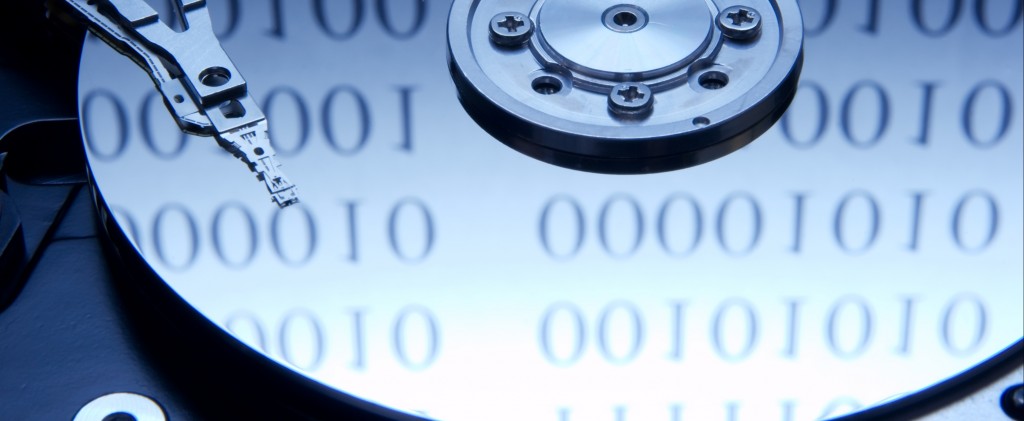Temporary Memory: Steps to Make Sure No Data is Forgotten
Many LIMS users feel the writing is on the wall when it comes to managing temporary data: they believe it’s inevitable that regulatory agencies will mandate record-keeping of any values stored in temporary memory.

Until a data entry transaction is saved to permanent memory – either intentionally by the user or automatically by the system – that particular data is “considered to be temporary memory,” according the U.K. Medicines and Healthcare products Regulatory Agency (MHRA). The agency also says such data is “at risk of amendment or deletion without audit trail visibility.”
FDA and MHRA Draft Guidance on Temporary Data
To strengthen the audit trail and encourage the retention of all data, MHRA and the U.S. Food and Drug Administration (FDA) issued draft guidance, a little over a year ago, regarding data integrity. These agencies, and others like the World Health Organization, work continually under 21 CFR 11 and Annex 11 to accurately define data and outline data integrity standards to ensure the safety, efficacy and quality of the world’s pharmaceutical supply.
The most recent guidance from FDA and MHRA includes recommendations to store values between moves on a page, meaning to capture any data entered but not saved. Capturing such data is somewhat foreign to database creators, users and managers, who have been conditioned to think of “data” as information that is saved to permanent memory.
While it is uncertain how the final regulations will handle temporary memory, those LIMS users who feel it is inevitable are wondering how systems can be modified to address this new consideration.
Three-Pronged Approach for Data Integrity
In an upcoming article for Drug Discovery News, LabVantage outlines a three-pronged approach to meet current guidance and potential regulation on data in temporary memory:
- First, any data entered in the LIMS should be automatically saved if the user attempts to leave the data-entry area without explicitly saving it.
- Second, should users attempt to change a previously entered-but-not-saved value, they should be immediately prompted to provide a reason for the change.
- Third, the audit record should include all data in both permanent and temporary memory, and include a visual flag to indicate if there is any underlying temporary data available to review.
These three steps go a long way toward maintaining a clean audit trail based on the full history of the test – including any changes between temporary and permanent memory. It would meet standards for GxP compliance, such as who entered the data and when.
Meeting Future LIMS Data Integrity Regulations Today
LabVantage has already taken steps toward meeting current guidance and potential regulation around temporary memory. LabVantage LIMS 8.2, now available to customers, can automatically capture data stored in temporary memory. LabVantage 8.3 – due later this year – will add prompts for reasons behind any changes between temporary and permanent memory. Both versions use a visual indicator in the audit log to let reviewers easily view changes to data, whether explicitly saved to permanent memory or retained only in temporary memory.
Are you ready to deal with LIMS data in temporary memory?
Talk with LabVantage to learn the advantages of getting ahead of this potential regulation.



